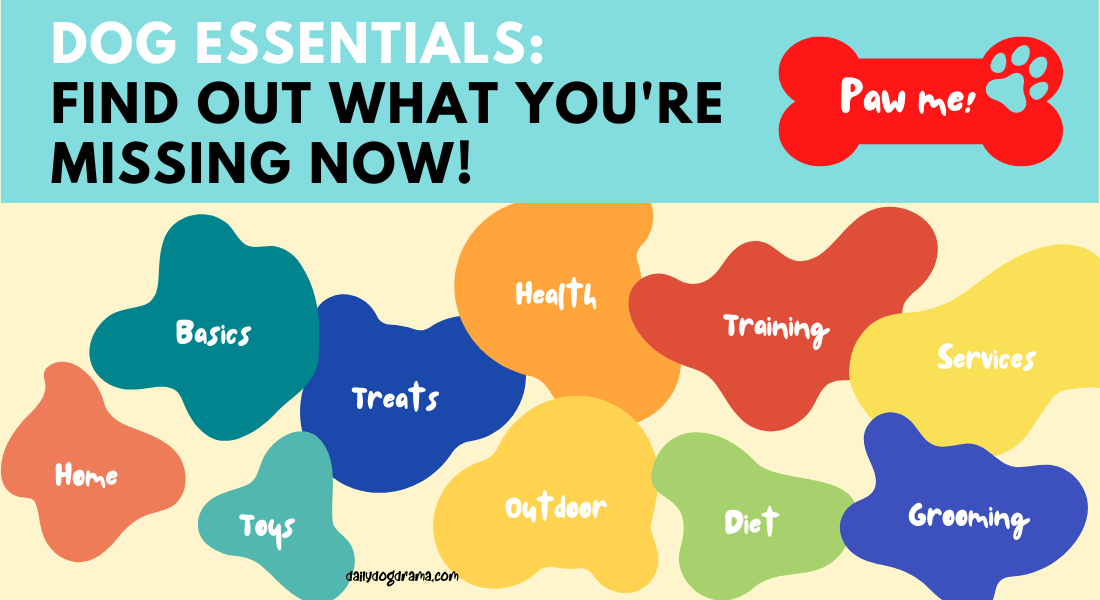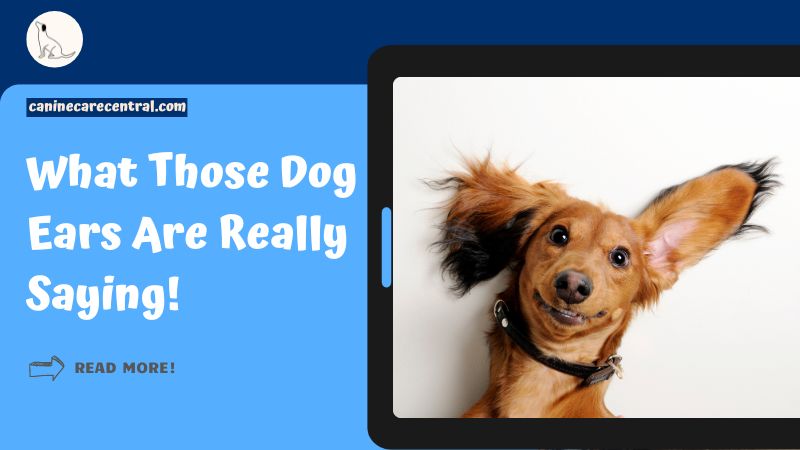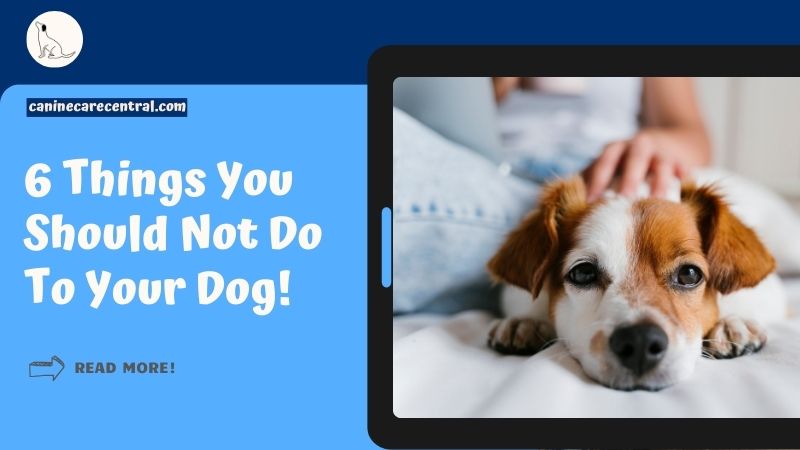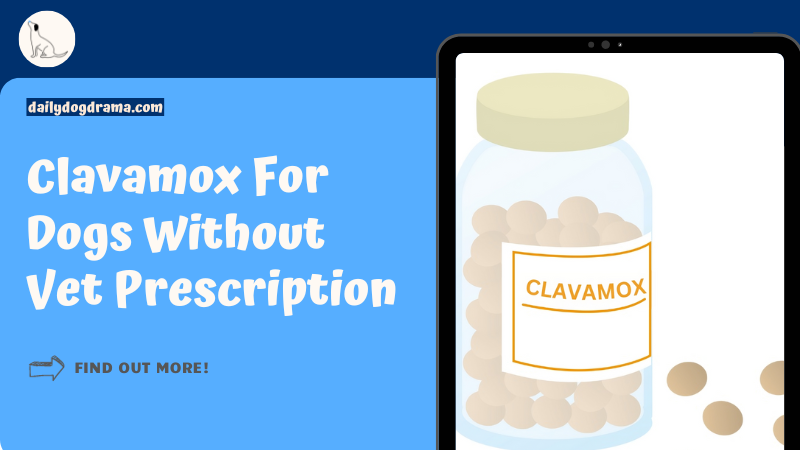Do you know what DOG ESSENTIALS you are missing out? Find out now!
Zack Keithy, our author, is a certified veterinarian technician (UC Blue Ash) for over 6 years (contact him here). The articles written here are based on his expertise and experience, combined with a review by our expert vet reviewers including Dr M. Tarantino. Learn more about us here.
When you own a dog, you have to be prepared for any situation.
That includes being ready to deal with situations like when your dog eats a pee pad.
So, if your dog ate a pee pad, what should you do? There are ready solutions, but I find that the most effective one based on my experience is to use an anti-chew spray.
Read on to learn more ways that will help you avoid this problem in the future and help your dog start acting like a normal dog again.
You will learn the causes and ways to deal with them in the future.
Let’s go!
Medical Questions? Talk to a Veterinarian 24/7.
Connect one-on-one with a licensed vet who will answer your questions in minutes.
*Article may contain affiliate links to retailers like Amazon and Chewy. Learn more on our disclosure page.
- Can Dogs Get Sick From Eating Pee Pads?
- Why Does My Dog Eat Pee Pads?
- What Do I Do if My Dog Eats a Pee Pad?
- Signs of Distress if Your Dog Ate a Pee Pad
- How Do I Get My Dog to Stop Eating Pee Pads? 10 Methods
- Tips and Tricks for Potty Training
- Frequently Asked Questions (FAQs)
- In Conclusion: What if Your Dog Ate a Pee Pad?
Can Dogs Get Sick From Eating Pee Pads?
Dogs are known to put many random objects in their mouths, including trying to eat metal zippers (yikes!).
The pads can be irritating to the stomach and intestinal tract, especially if the dog ate enough of them to cause a blockage.
The pads may cause irritation in the stomach and intestinal tract, which can lead to an obstruction or complete blockage of food traveling through your dog’s digestive system.
This is what we call gastrointestinal obstruction.
The pads can get stuck in the esophagus or stomach, causing irritation to the stomach and intestinal tract.
They can cause vomiting and diarrhea and can be fatal if not treated immediately by a vet.
Doggy says, you might like this too: Should I Put Puppy Pad in Crate at Night?
Why Does My Dog Eat Pee Pads?

Stress
Your dog may be stressed about something in his environment, such as a new pet or family member, an unfamiliar noise or smell, changes in routine, and so on.
You can help relieve your dog’s stress by spending more time with him (and giving him lots of attention while doing so).
Another possible cause is an underlying medical issue that causes your dog stress, like arthritis or pain from injuries.
If you notice that your dog eats pee pads only when you’re gone, consider having someone in to take care of it while you’re gone so that he doesn’t have to be alone all day.
Doggy says, consider reading this too: Dog ate Band Aid/Elastoplast? [Solved]
Curious
Your dog may be bored, which can lead to destructive behavior.
Dogs are naturally curious, and they’ll often investigate anything that looks interesting or out of place. This can include pee pads.
Make sure your dog has plenty of toys and exercise opportunities to keep him busy.
If he doesn’t have enough room for play or exercise, consider getting a larger crate or buying another one that’s bigger than his current one (or making some modifications so that he has more room).
If the pad is placed in an area where your dog spends a lot of time (such as a feeding station), she may be just trying to figure out why it’s there!
Chewing/teething
If your dog is teething, he may be chewing on things to relieve the pain.
Chewing on a pee pad may be soothing for him and help him get through this time of discomfort.
If you notice that your dog starts chewing on pads when he’s teething, try giving him some hard chews like bully sticks and frozen raw bones instead.
Hunger
When your dog is hungry, it might turn to chewing on random things (even eating wall paint) to try to satisfy the feeling.
In this case, make sure you look into their diet plan thoroughly and try feeding them a meal at the same time every day and consider giving them some healthy snacks throughout the day.
You need to ensure higher-quality food that has more protein and less filler so that it lasts longer.
If he still chews on pads even though he’s fed regularly, consult with your vet about other possible causes for this behavior problem.
Pica
Pica is a condition where dogs are constantly trying to eat non-food items.
It can be caused by an imbalance in the diet or by an underlying medical problem.
To help prevent pica, ensure your dog has a healthy diet with plenty of protein and fat but not too much filler such as corn.
If there are any changes in your dog’s eating habits, consult with your vet right away.
What Do I Do if My Dog Eats a Pee Pad?
The moment you realize that your dog ate a pee pad, take a couple of minutes to assess the situation.
Although it might seem dangerous, try your best to remain calm and not cause more stress on your dog.
If your dog has only eaten a small piece of the pad, it’s likely that there is no serious damage done.
Watch for its next bowel movement where the offending piece should be passed out.
If you are really unsure or concerned, give your vet a call. It is likely that he or she will ask you to monitor for the next 24 hours for any abnormal behavior.
However, if you notice that your dog has eaten more than just a small piece, take him to the vet right away.
Having the contact of the emergency vet handy is important!
Doggy says, you might like this too: Dog Ate a Wine Cork [What Should You Do?]
Signs of Distress if Your Dog Ate a Pee Pad
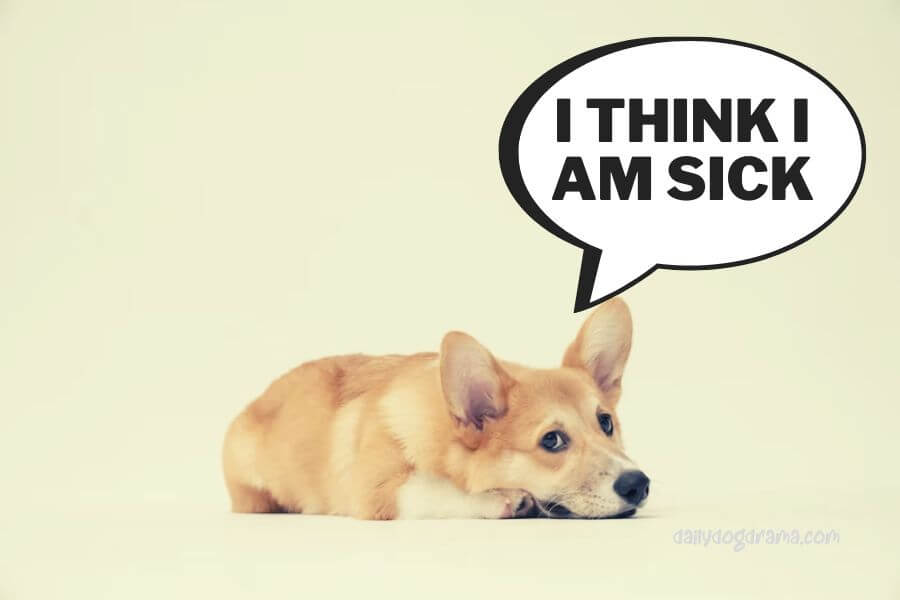
If your dog ate a pee pad, she may show signs of distress.
Here are the things you should keep an eye out for:
- Watery eyes
- Coughing
- Vomiting
- Diarrhea
- Tremors
- Loss of appetite
- Lethargy
How Do I Get My Dog to Stop Eating Pee Pads? 10 Methods
There are a few things you can do to curb your dog’s craving for pee pads.
As you are still using it for training purposes, it is pretty much impossible to remove it entirely as it will not serve the purpose anymore.
Not to worry though! There are plenty of ways you can help to stop your dog from eating its pee pads.
1. Training/commands
When your dog eats a pee pad, immediately give her a command.
This can be anything, but the most effective one is to tell her to “leave it” or “drop it”.
As soon as she obeys this command and drops the pee pad in front of you, praise her profusely!
2. Find out the cause of stress
Sometimes, your dog is stressed or anxious from a new environment, change in schedule, lack of exercise, or attention, then it will most likely display this by eating the pee pads.
The solution for this is to find out what is causing it stress and eliminate it as much as possible.
3. Chew toys
Chewing is a natural habit for dogs, so it’s important to provide them with chew toys.
Try giving her a Kong chew toy or buying some chew treats like dried beef tendons for dogs.
These will keep her occupied and will stop her from eating the pee pads!
4. Anti-chew spray
Before it even happens, you can actually prevent the whole act from happening.
Try spraying your pee pads with an anti-chew spray.
It’s made out of natural ingredients that taste bad to dogs and will stop them from eating it.
Not only that, but you can also use it on furniture too.
5. Physical activities
Your dog needs lots of physical activities to keep it mentally stimulated.
If you have a dog that’s bored, they can start chewing on anything they see, including your pee pads!
Whenever you have time, take your dog on walks or play fetch with it.
This will help keep its mind off of chewing on things. and physically healthy.
Letting your dog run around in your backyard is also a great way to tire them out.
6. Puppy playpen/crate
Using a playpen or crate can restrict your dog’s movements and prevent it from accidentally tearing up its pee pad, but remember to fill it with toys to keep it occupied.
From time to time, simply take them out of the crate for it to relieve itself.
7. Attention/affection
Dogs need attention and affection.
If you’re working all day long, chances are your dog won’t get the attention it needs.
Make sure to give them lots of love when you do have time to spend with them and consider getting a friend or family to help out when you are away for long periods of time.
8. Redirection
Dogs are very intelligent, so if you notice your dog getting into something they shouldn’t be, try to redirect their attention.
This can be done by using a training collar or simply distracting them with toys.
9. Pee pad tray/holder
If you want to go the route of a pee pad, make sure to get a tray or holder for it.
This will help keep your floors much cleaner and will also keep your dog from needing to go outside every time they need to relieve themselves.
But what if you don’t want to spend the money on a pee pad tray?
Try making your own!
A great alternative is to simply use a shallow plastic tray from the dollar store.
10. Duct tape/adhesive
Instead of a tray, you can alternatively use tape or adhesive.
The pee pad can be secured to the floor using duct tape, which is the simplest approach.
Some poop pads feature an adhesive backing, allowing them to self-stick to the floor.
These tools, like the tray, won’t dissuade a determined dog from eating pee pads, although some dogs may be deterred by them.
Be sure to keep the blue area visible at all times.
Tips and Tricks for Potty Training
Potty training can be a long and frustrating process, but there are some simple tricks that will make it easier.
One of the best ways to potty train your dog is by using positive reinforcement.
When your dog does something right—like going on the pee pad or outside—give them lots of praise!
Also, try giving them treats whenever they go in the right spot so they associate good things with doing their business where you want them to.
According to AKC, there are 3 ways that are highly effective when it comes to potty training for your dog.
Consider trying out the following:
- Crate training
- Using puppy pads and paper training
- Indoor potty training
Frequently Asked Questions (FAQs)
Why Do Puppies Chew Puppy Pads?
Most of the time, puppies chew because they’re teething. This behavior usually subsides once the puppy’s adult teeth come in, around 12 to 18 months of age. Chewing helps relieve pain from emerging teeth and gums, and it also helps puppies learn about their environment.
What Are Puppy Pee Pads Made of?
The majority of puppy pads are constructed from gauze layered down over a blue plastic sheet. There are several various puppy pads on the market right now, each with a unique feature designed to meet the demands of dogs and pet owners. To lessen the effects, some additionally contain adhesive tabs and odor-eliminating smells.
What to Do with Your Left-over Puppy Pads
Puppy pads do not expire, but when you no longer need them and have some leftovers, you can use them in a variety of ways, such as an instant bath mat, for dirty shoes at the doorway, and for wiping up spills.
My Puppy Ate a Pee Pad and Has Diarrhea Now
If your puppy eats a pee pad and has diarrhea, you need to take him to the veterinarian immediately. Puppy pads are not meant for consumption, and when ingested they can cause serious problems. Also, if your dog vomits after eating the pad, call your vet.
Is the Gel in Puppy Pads Toxic?
Although the gel in puppy pads is non-toxic, it should not be ingested. If swallowed in large quantities, it does have the potential to dry out your dog’s intestinal tract and cause some issues.
In Conclusion: What if Your Dog Ate a Pee Pad?
If your dog has eaten a small piece of its pee pad, he’s probably fine.
It’s unlikely that he’ll get an intestinal blockage or any other serious problems.
That said, if you’re still worried about your pet after all this talk of intestinal blockages and fatal consequences, call the vet right away.
Your vet will be able to tell if there are any signs of trouble and give advice on what to do next.
Check out other dog care tips such as what to do if your dog ate a bologna casing, why your dog is always hungry after starting a raw diet, what to do if your puppy is a very light sleeper, and many more.
You’ve made it to the end, but I hope it’s not the end of our journey. We want to hear your voice! Share your thoughts, problems, suggestions, or anything related to your dog in the comments section. And don’t forget to join our newsletter today too.

